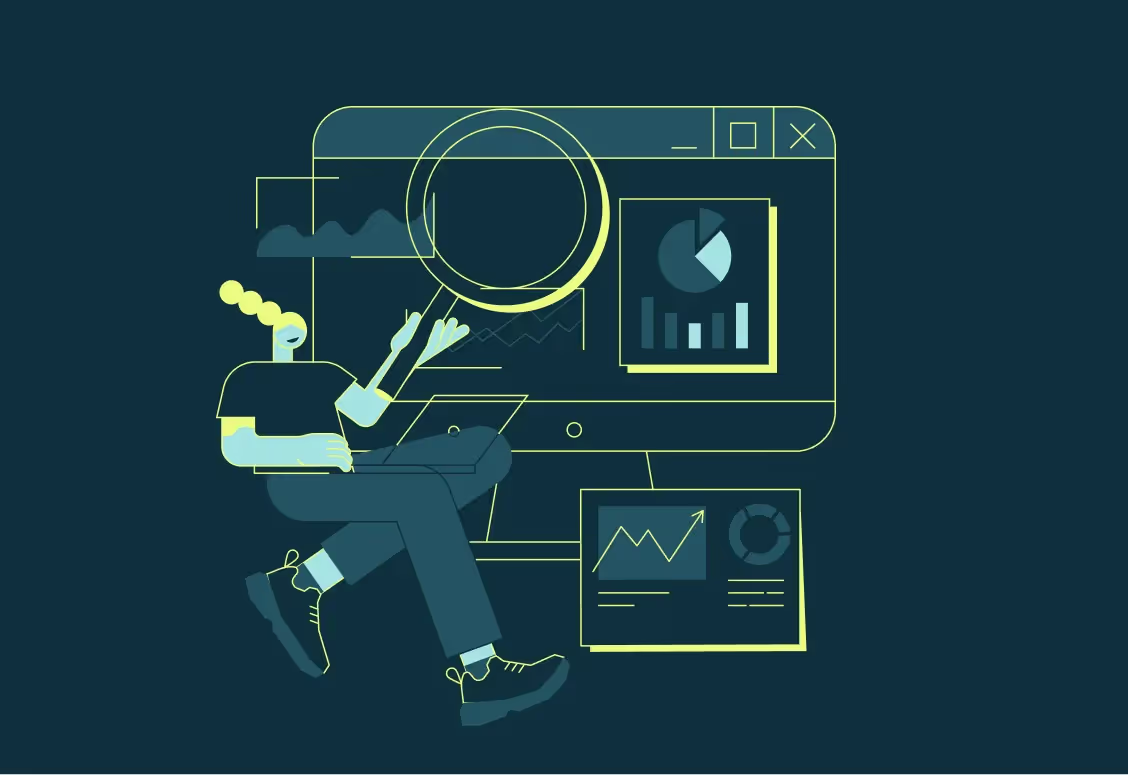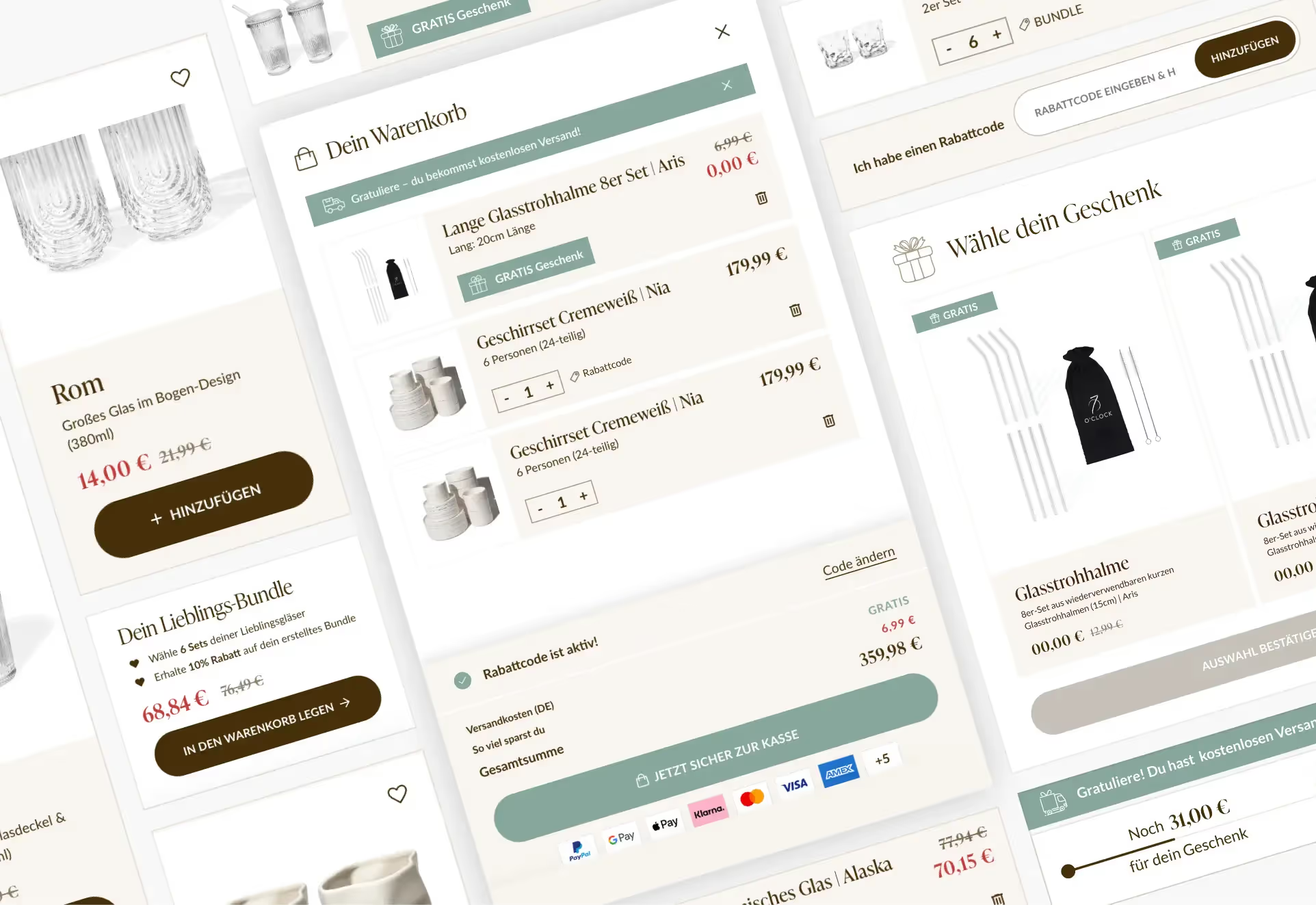The world of web design is highly competitive these days, and the ability to stand out in the search engines is crucial to the success of an online store. On-page SEO, or optimizing the individual pages of a website, is an important part of an effective SEO strategy. For businesses using platforms like Webflow and Shopify, there are specific best practices that can help them perform better in search results. In this post, we'll show you the best practices for on-page SEO for Webflow and Shopify websites.
1. optimization of meta tags:
Meta tags play an important role in search engine optimization as they provide search engines with contextual information about the content of a page. For each page of your Webflow or Shopify website, you should therefore use relevant meta tags such as title tags, meta descriptions and meta keywords. Make sure your meta tags are concise, contain relevant keywords and clearly communicate the benefits of your page to increase the click-through rate in search results.
2. keyword optimization:
Using relevant keywords on your website is an essential part of on-page SEO. Conduct thorough keyword research to identify the search terms your target audience is looking for and then strategically integrate these keywords into your website's titles, headings, copy and image descriptions. Make sure you use keywords naturally and organically, and avoid keyword stuffing as this can lead to a degradation of the user experience.
3. optimization of images and alt tags:
Images not only play an aesthetic role on your website, but can also help improve SEO. Make sure you use images with meaningful file names that include relevant keywords and add alt tags that describe what the image is about. Alt tags are important for accessibility and also help search engines understand the content of your images and display them in image search results.
4. optimization of the page structure:
A clear and well-structured page structure is not only user-friendly, but also beneficial for search engines. Use clear and descriptive headings (H1, H2, H3 etc.) to clarify the hierarchy and relevance of your content. Organize your pages logically and use internal links to enable good navigation between pages and help search engines crawl your website.
5. ensure fast loading times:
The loading time of a website is an important ranking factor for search engines and also influences the user experience. Optimize your Webflow or Shopify website for fast loading times by compressing images, using caching technologies, minimizing JavaScript and CSS files and choosing a reliable hosting provider. A fast website not only improves your ranking in search results, but also reduces the bounce rate and increases conversion rates.
6. incorporate user interactions:
When users interact with a website, for example through small clickable highlight elements, this shows search engines that the website contains valuable content. Search engines prefer websites that offer interactive and informative content and take this into account when assessing the relevance of a website for certain search queries.
Conclusion:
On-page SEO is a crucial factor for the success of Webflow and Shopify websites in the highly competitive web design market. By optimizing meta tags, using relevant keywords, optimizing images and alt tags, improving page structure and ensuring fast loading times, businesses can improve their chances of ranking higher in search results and generating more organic traffic. By implementing the best practices for on-page SEO, you can strengthen your online presence and achieve long-term success in web design.
Need help optimizing your website? We at Halbstark can help you! Just get in touch with us.





